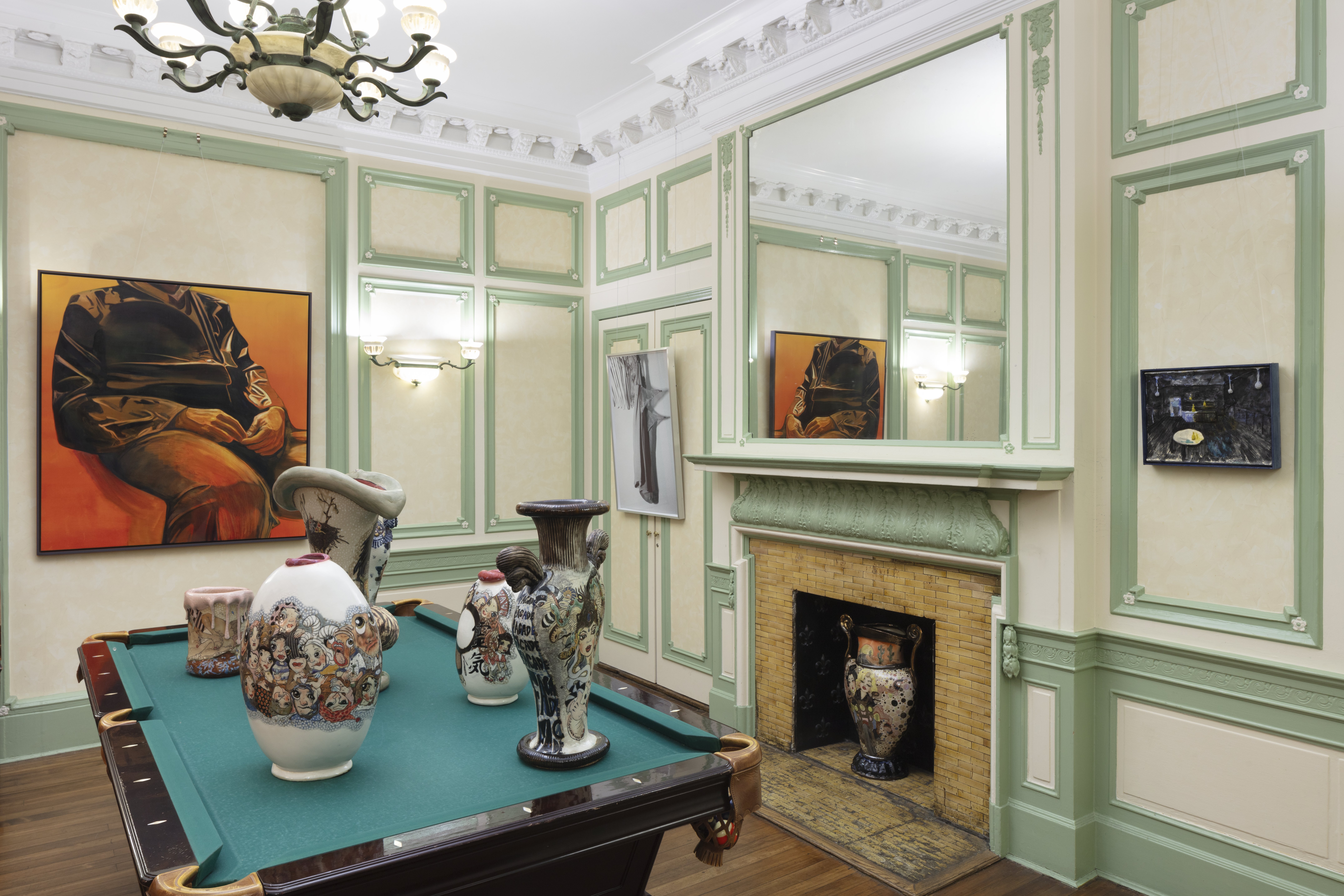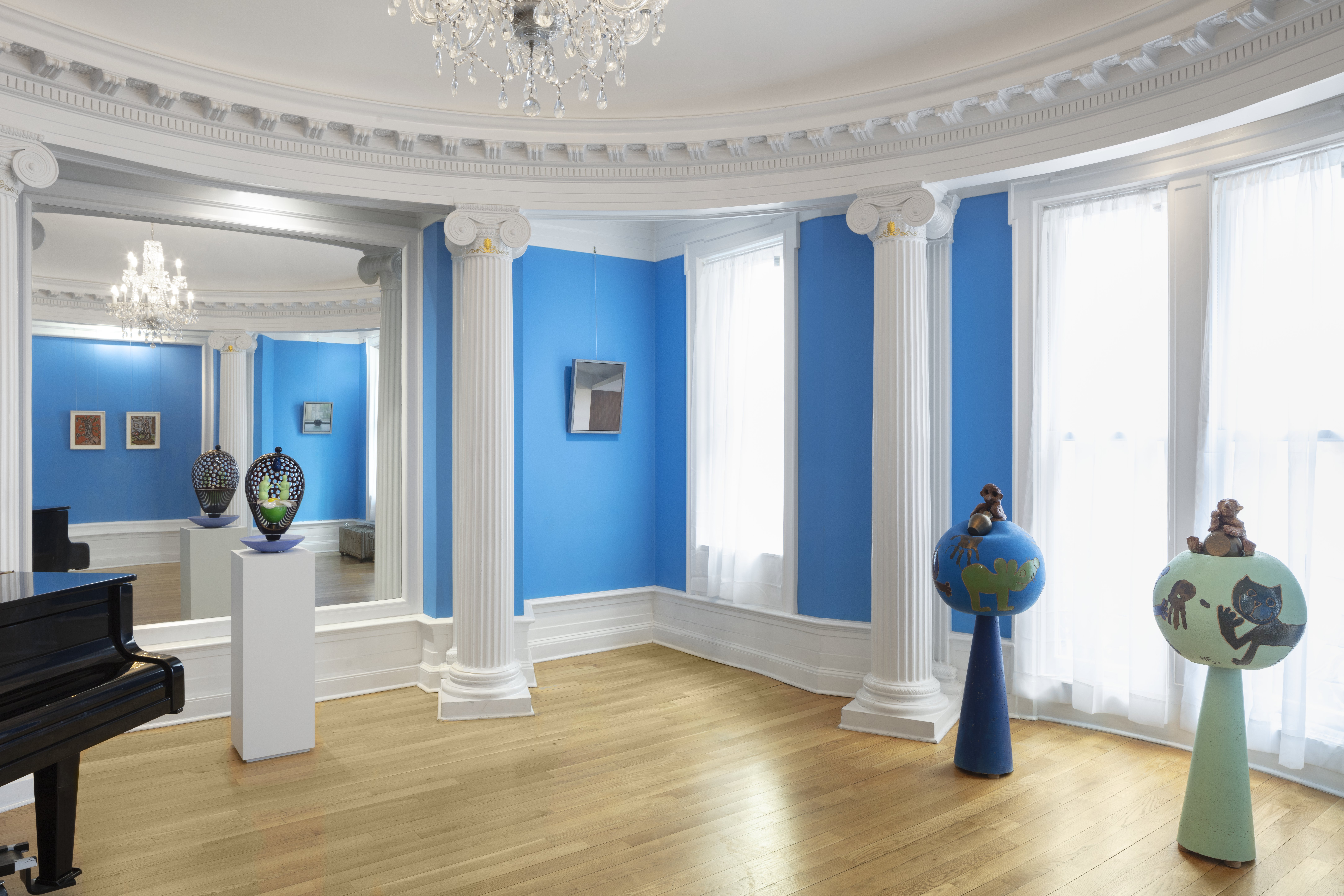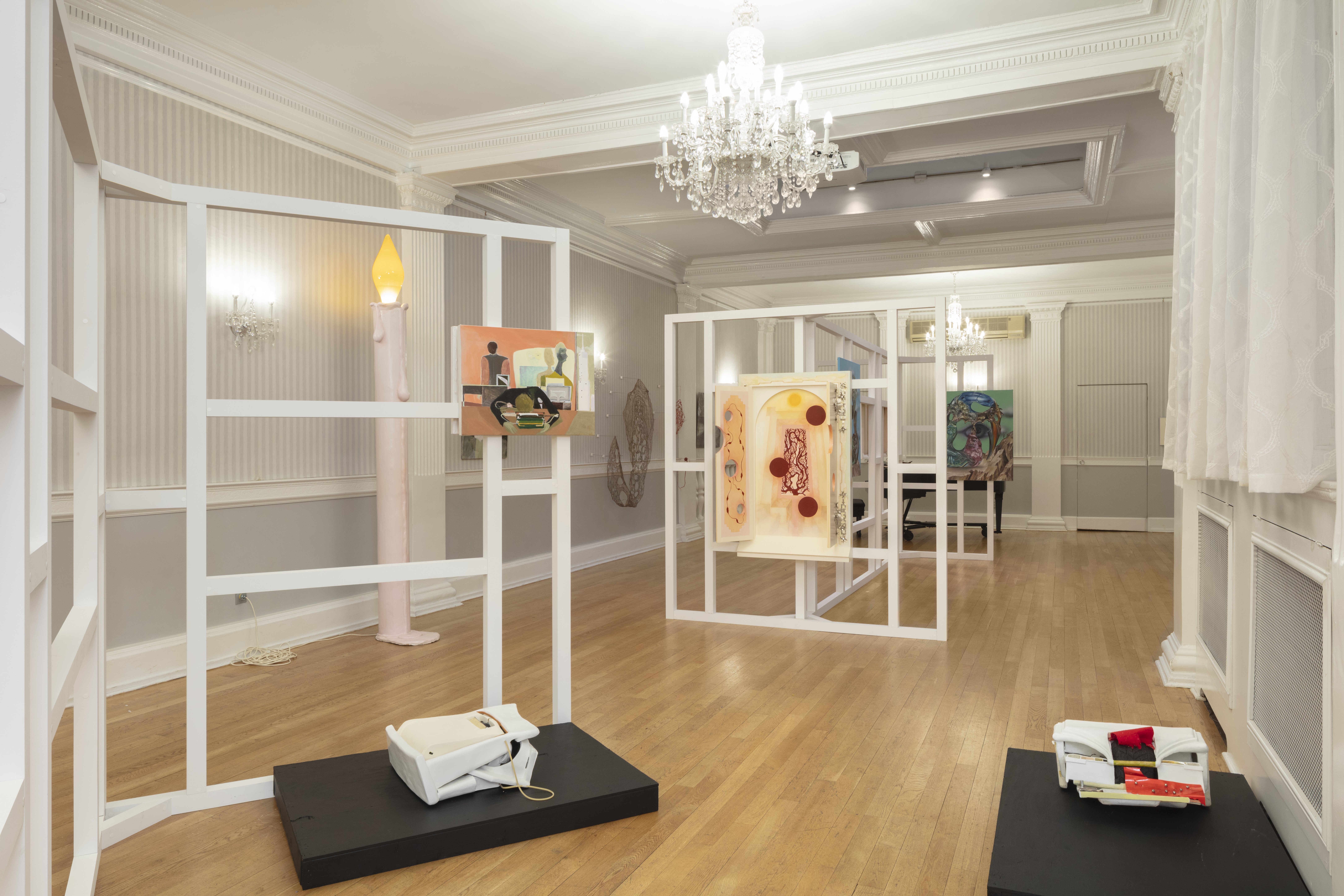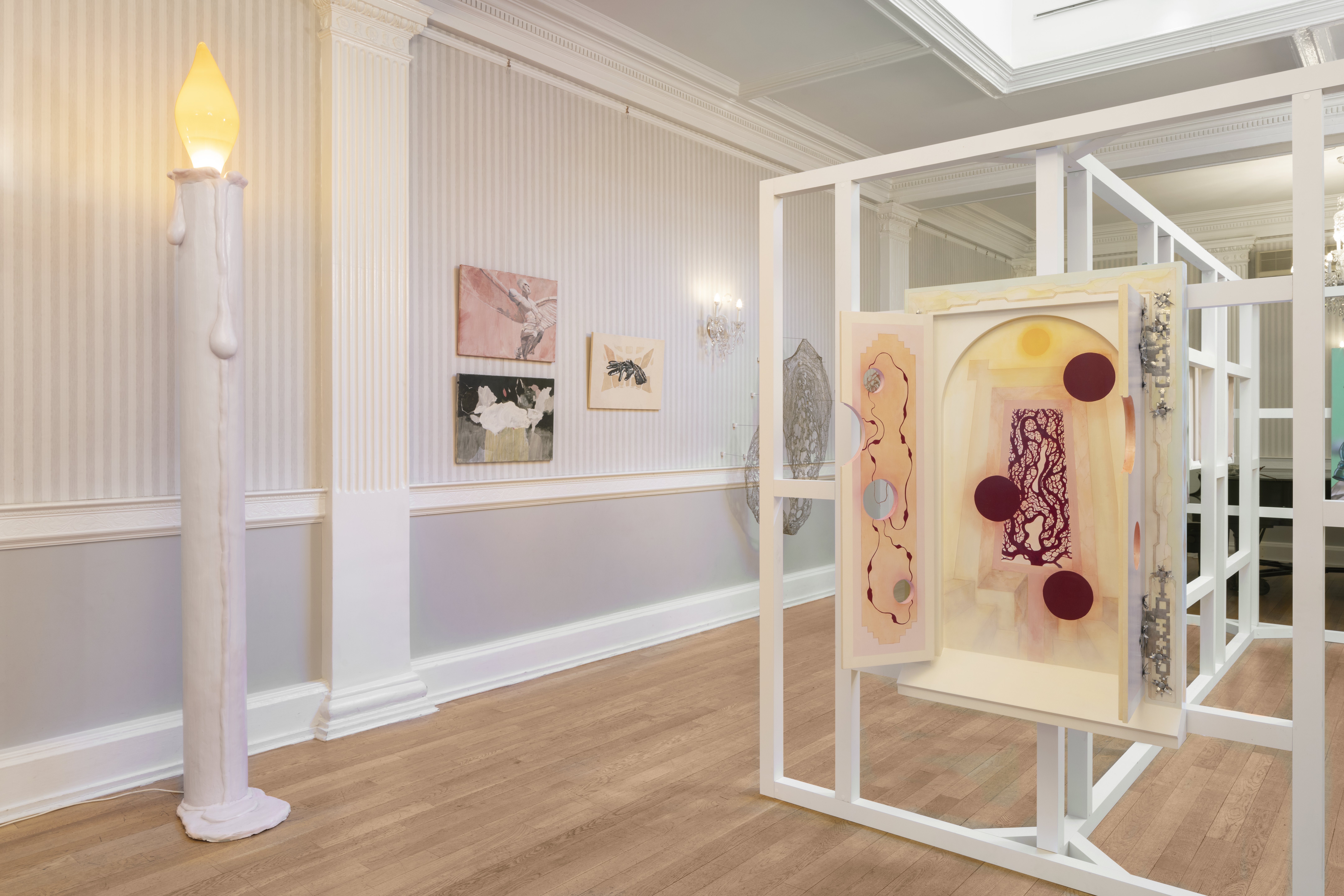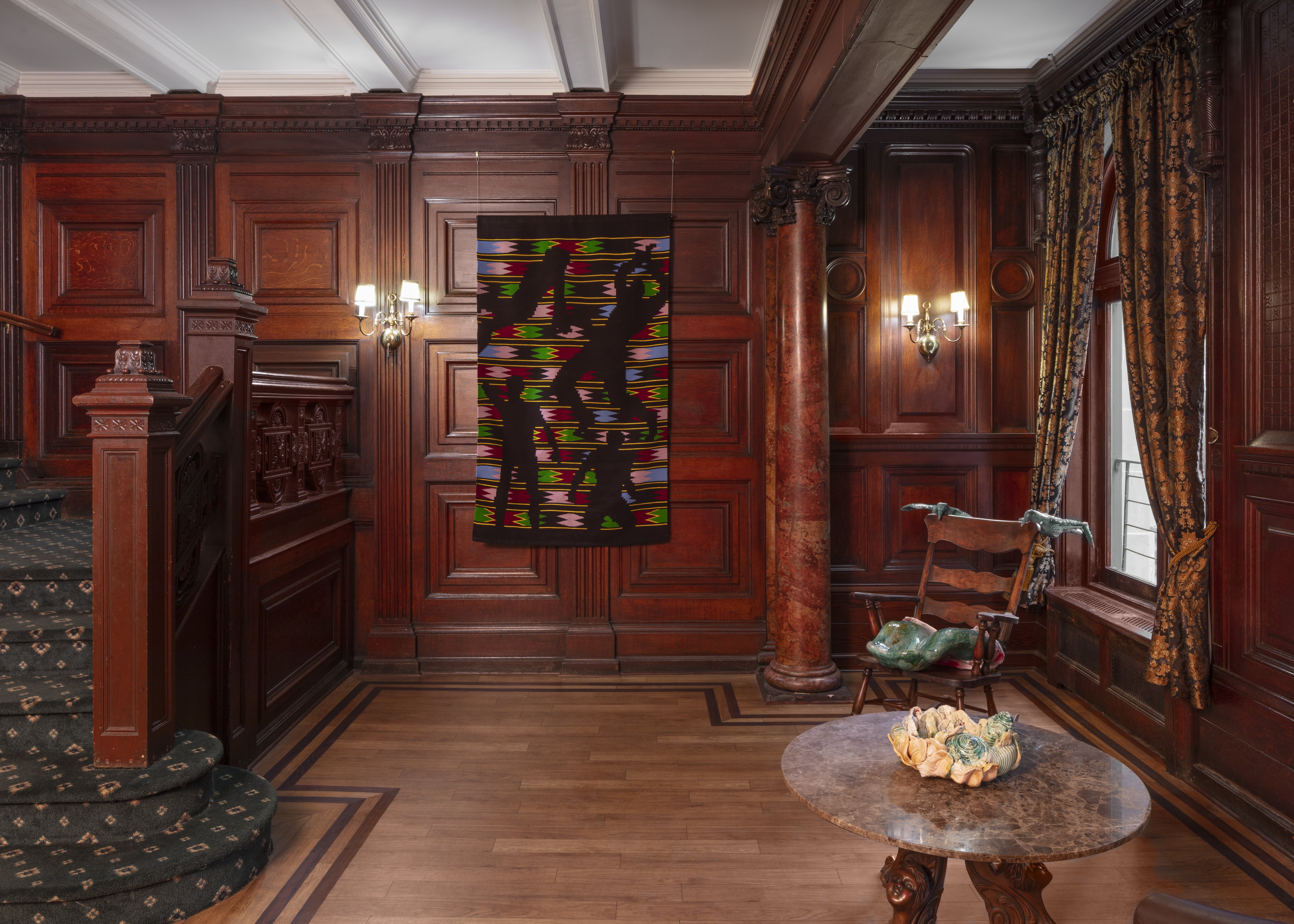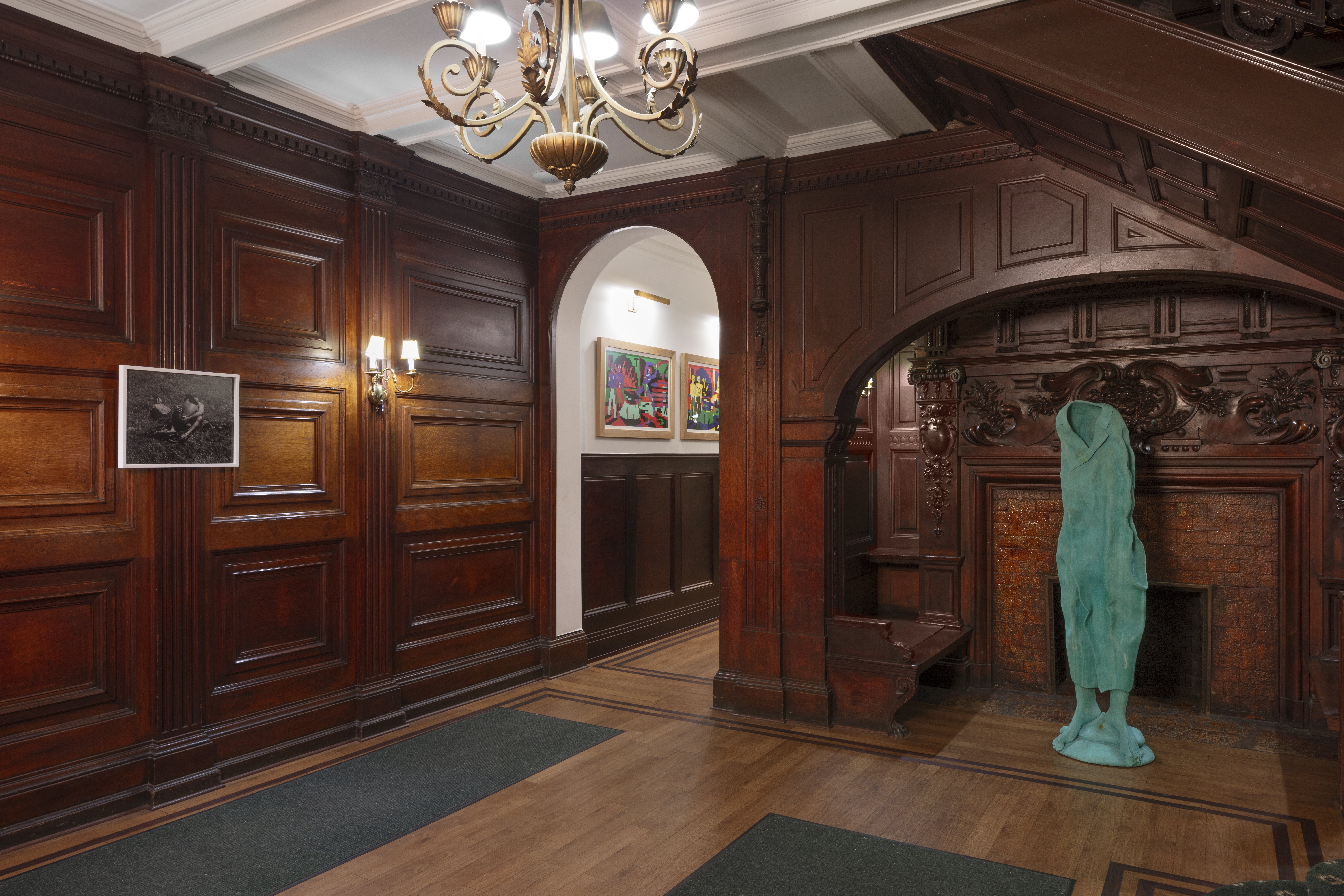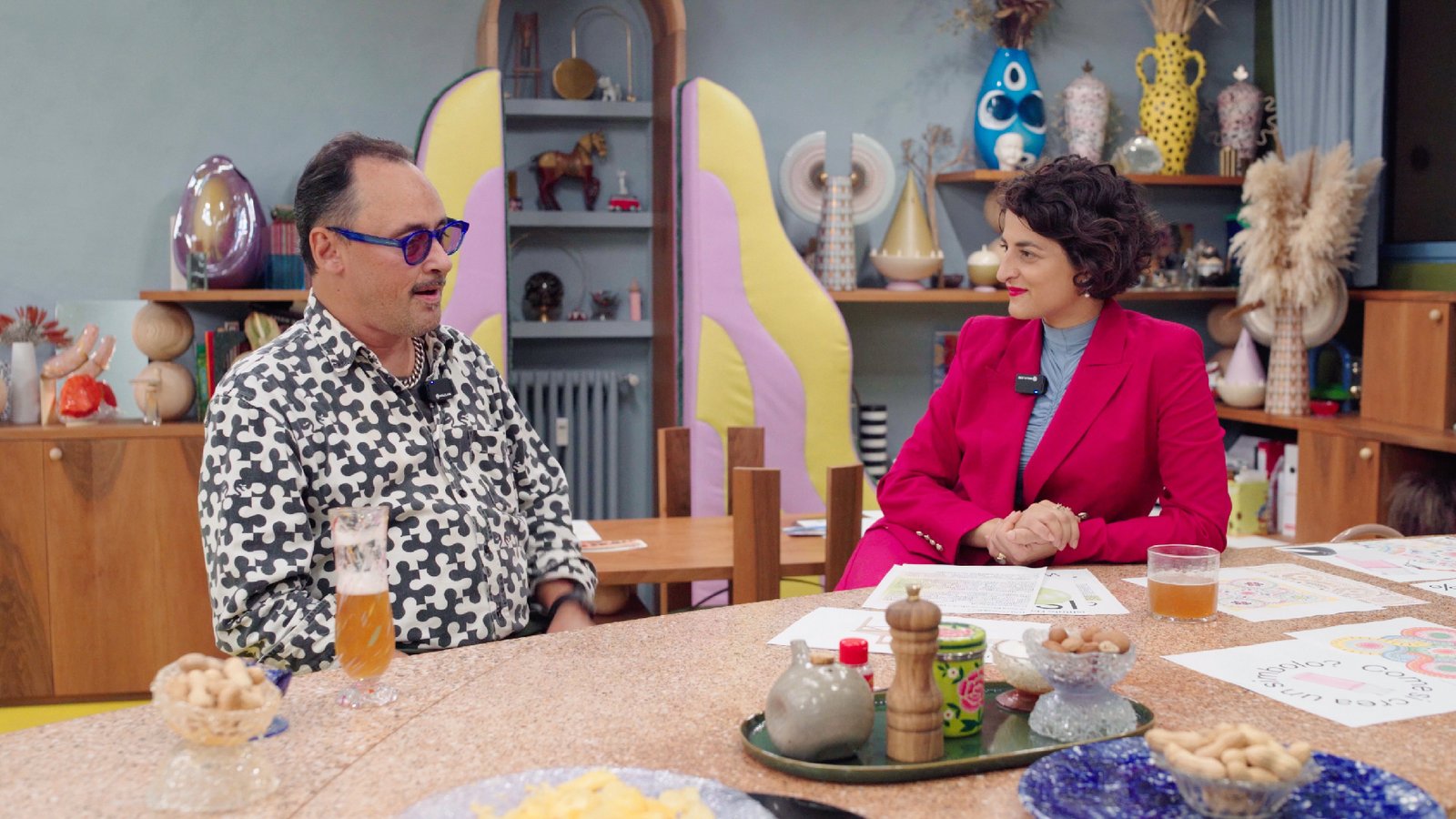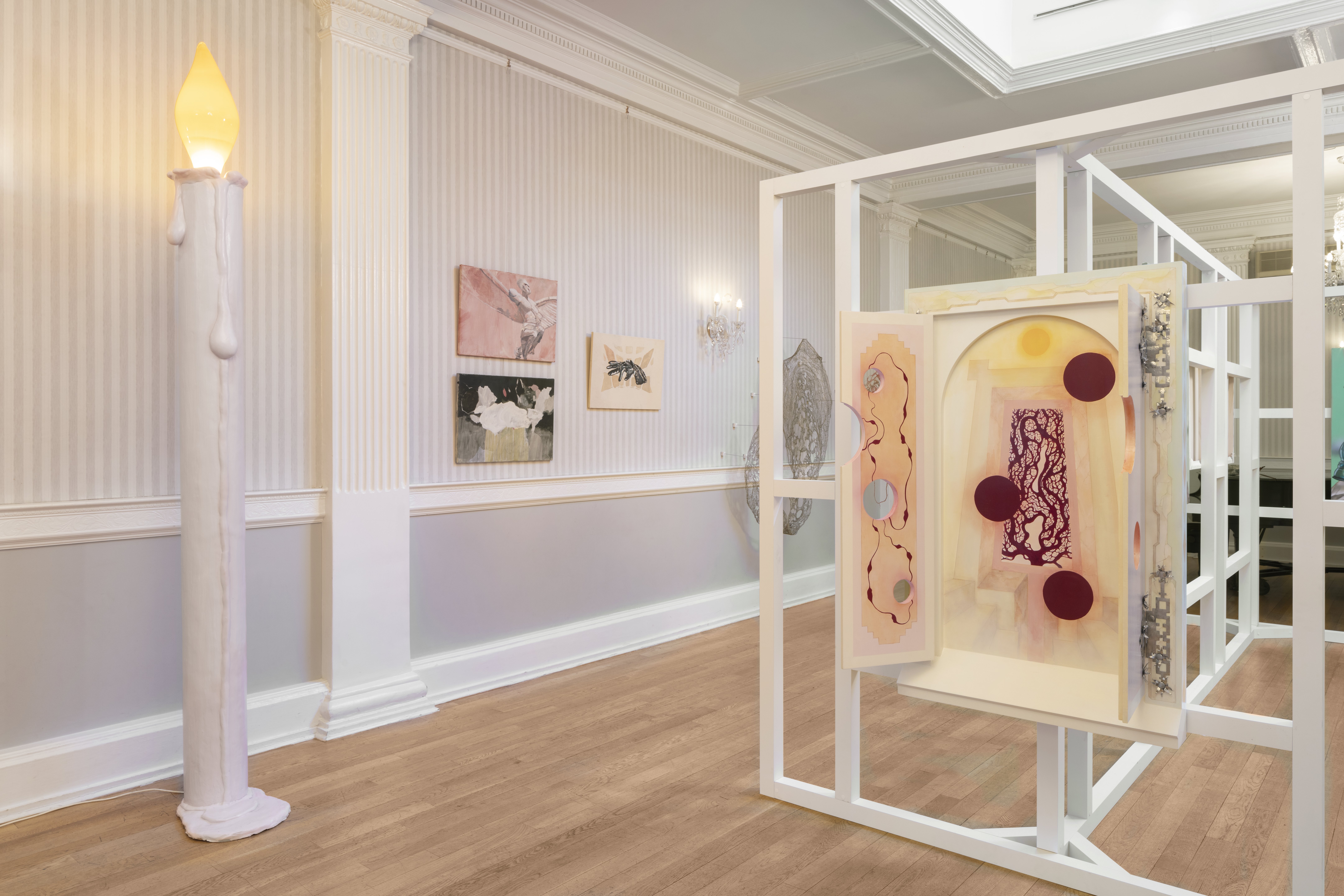
What does it take to reinvent an art fair? Interview with Margot Samel and Olga Temnikova of Esther art fair
Two gallerists Margot Samel and Olga Temnikova, born in Estonia and operating globally came up with a different concept for an art fair and successfully debuted in New York in May 2024. A few questions for them were especially relevant.
 Olga and Margot by Jaanika Peern
Olga and Margot by Jaanika Peern
Nina: Esther - a new art fair that you founded with its inaugural edition in New York in the spring of this year is drastically smaller and far more selective in its approach to galleries. What prompted your decision to go this route?
Margot Samel: I think that for both of us, it all started with the space - the Estonian House that is located in a four-story Beaux-Arts building in Murray Hill provided quite an unexpected environment for artists and galleries to interact with and that was all it took to spark our interest in this project. The size of the space and the number of galleries was key - it was a perfect size that allowed us to still have individual conversations with each gallery to see how the artists they were proposing, fit into the overall presentation of Esther.
Olga Temnikova: Initially I was not thinking of a fair format. I was planning a pop-up in an exciting space with friends, sort of communal opportunity to network and be present in NY for those friends of mine who find it useful. By default, it had to be small and selective. For me coming where I come from it was a great opportunity to host people and introduce a little bit of my culture but in the heart of NYC. And we wanted to take the pressure off NYC and the art world in general posing on mid- and small-size galleries by not charging that much.
Nina: Do you think that there are too many art fairs in the world or that they duplicate each other rather regularly? Which fairs are most interesting for you?
MS: Yes, I think that there are too many art fairs that position themselves as international and that there are perhaps not enough regional fairs that embrace the local community including its collectors (of all scales), artists, curators, writers, etc. As a gallerist, I’m always doing research and looking to discover new artists so naturally, fairs like Independent in New York and Liste in Basel, which are both known for spotlighting lesser-known narratives, are more interesting to me.
OT: I am also interested in smaller regional fairs on a reasonable scale where you actually can concentrate and experience the local art scene, really meet people and due to lower participation fees also show the variety from our gallery program. I know I don’t need to do them every year, but choose a special route every year depending on our artists’ needs. Ideally, we’d participate in those in combination with a couple of larger international fairs a year, knowing it will present our artists and projects differently.
Nina: Do you believe that the current art system of art representation through galleries and art fairs serves its purpose of providing a cultural cross-cut to the audience and if not, how do you think this system could be changed?
OT: I believe galleries give too much power away to the fairs and ideally, we all should be a bit more analytical in approaching fair participation and our international strategies at large. Fairs put too much pressure on galleries and stuck between FOMO, trying to break even, please the artists, we tend to forget why we chose what we do in the first place. I think mid- and small-size galleries should foster relationships between themselves, plot, and really concentrate on programs to bring their artists closer to local scenes in selected regions.
All images in the article are installation views from the latest edition of the Esther Art Fair.
Nina Chkareuli-Mdivani is a Georgian-born, New York-based independent curator, writer and researcher. She is the author of King is Female (2018), the first publication to investigate issues of gender identity in the context of the historical, social and cultural transformation of Eastern Europe over the past two decades. Throughout her career she has lectured worldwide and published numerous articles for magazines such as E-flux, Hyperallergic, Flash Art International, Artforum, MoMa.post, The Arts Newspaper and many others.
Her research delves into the intersection of art history, museology and decolonisation studies, with a focus on totalitarian art and trauma theory, themes he has also explored in the more than ten exhibitions he has curated in New York, Germany, Latvia and Georgia.
